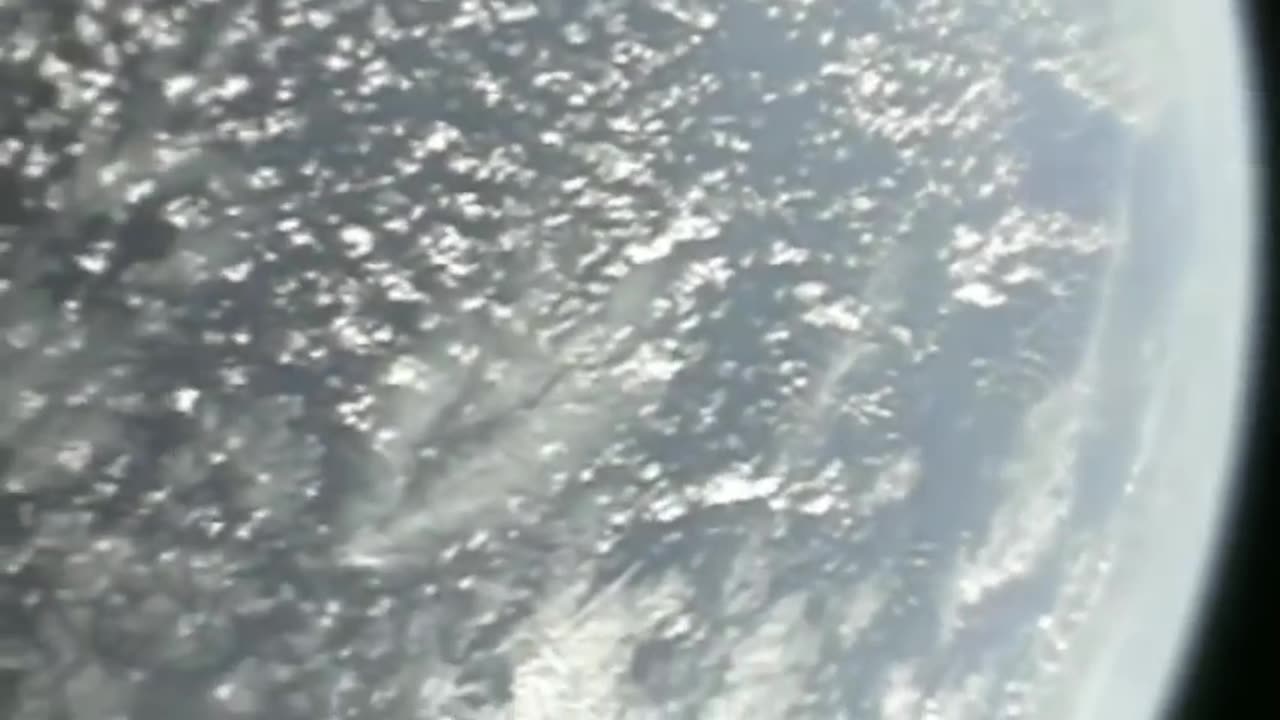Premium Only Content

Discovery Launch Captured by Multiple Cameras | NASA
The launch of the Space Shuttle Discovery, which was part of NASA's Space Shuttle program, was a momentous event in space exploration. During these launches, multiple cameras were used to capture various angles and aspects of the launch. These cameras were strategically positioned to provide comprehensive coverage and data for safety, engineering analysis, and public outreach. Here are some of the cameras that were typically used to capture Space Shuttle launches:
1. **Fixed Ground Cameras**: These were stationary cameras placed at various locations around the Kennedy Space Center and Cape Canaveral Air Force Station. They provided wide-angle views of the launch pad and surrounding area.
2. **Remote-Controlled Tracking Cameras**: These cameras were often placed closer to the launch pad and were remotely controlled to track the Space Shuttle as it ascended. They followed the vehicle as it lifted off, capturing the liftoff and initial ascent.
3. **Aircraft-Mounted Cameras**: Sometimes, specially equipped aircraft were used to capture aerial views of the launch. These aircraft were positioned at a safe distance and provided unique perspectives of the launch.
4. **On-Board Cameras**: Space Shuttle Discovery itself was equipped with various cameras, both inside and outside. These cameras provided real-time views of the shuttle's systems and external tank separation.
5. **Close-up Cameras**: Some cameras were placed closer to the launch pad and captured detailed, close-up shots of the rocket engines firing and the vehicle lifting off.
6. **Range Safety Cameras**: These cameras were part of the range safety equipment to ensure the safety of the launch. They tracked the vehicle and its trajectory.
7. **Media Cameras**: Many media organizations had their cameras set up to capture the launch from different vantage points. These cameras provided live coverage to the public.
8. **NASA's Own Cameras**: NASA had a variety of cameras, including high-speed and high-resolution cameras, to capture specific engineering data and detailed footage of the launch.
The footage from these cameras was used for real-time monitoring of the launch, post-launch analysis, and public engagement. It allowed engineers and scientists to evaluate the health of the vehicle during liftoff and track its performance throughout the mission.
While the Space Shuttle program ended in 2011, the legacy of these launches lives on in the form of a vast archive of launch footage that continues to be a valuable resource for space enthusiasts, historians, and researchers.
-
 6:27:09
6:27:09
Right Side Broadcasting Network
5 days agoLIVE REPLAY: RSBN Pre-Inauguration Coverage: Day Three in Washington D.C. - 1/18/25
163K44 -
 25:09
25:09
MYLUNCHBREAK CHANNEL PAGE
8 hours agoOff Limits to the Public - Pt 2
12.7K9 -
 1:36:11
1:36:11
Tucker Carlson
1 day agoSean Davis: Trump Shooting Update, & the Real Reason Congress Refuses to Investigate
291K360 -
 5:13
5:13
Russell Brand
2 days agoHost GRILLS Pzizer CEO Over Vaccine Efficacy
81.7K208 -
 14:53
14:53
Stephen Gardner
3 hours ago🔥Alex Jones WARNS Trump not to DEFAULT on THIS!!
21.1K109 -
 31:54
31:54
The Why Files
5 days agoThe Quantum Apocalypse: All Your Secrets Revealed
57.2K59 -
 LIVE
LIVE
Sgt Wilky Plays
6 hours agoSaturday Hangout and Games
243 watching -
 LIVE
LIVE
DeadMan88
7 hours agoWGT Golf Road to Master
63 watching -
 1:35:04
1:35:04
Winston Marshall
2 days ago“This Wasn’t Accidental!” Maajid Nawaz SPEAKS OUT on R*PE Gangs and The REAL Cover-Up
95.9K59 -
 23:46
23:46
barstoolsports
8 hours agoSurviving Barstool Drama Spills Over Into The Office | Stool Scenes
66K3